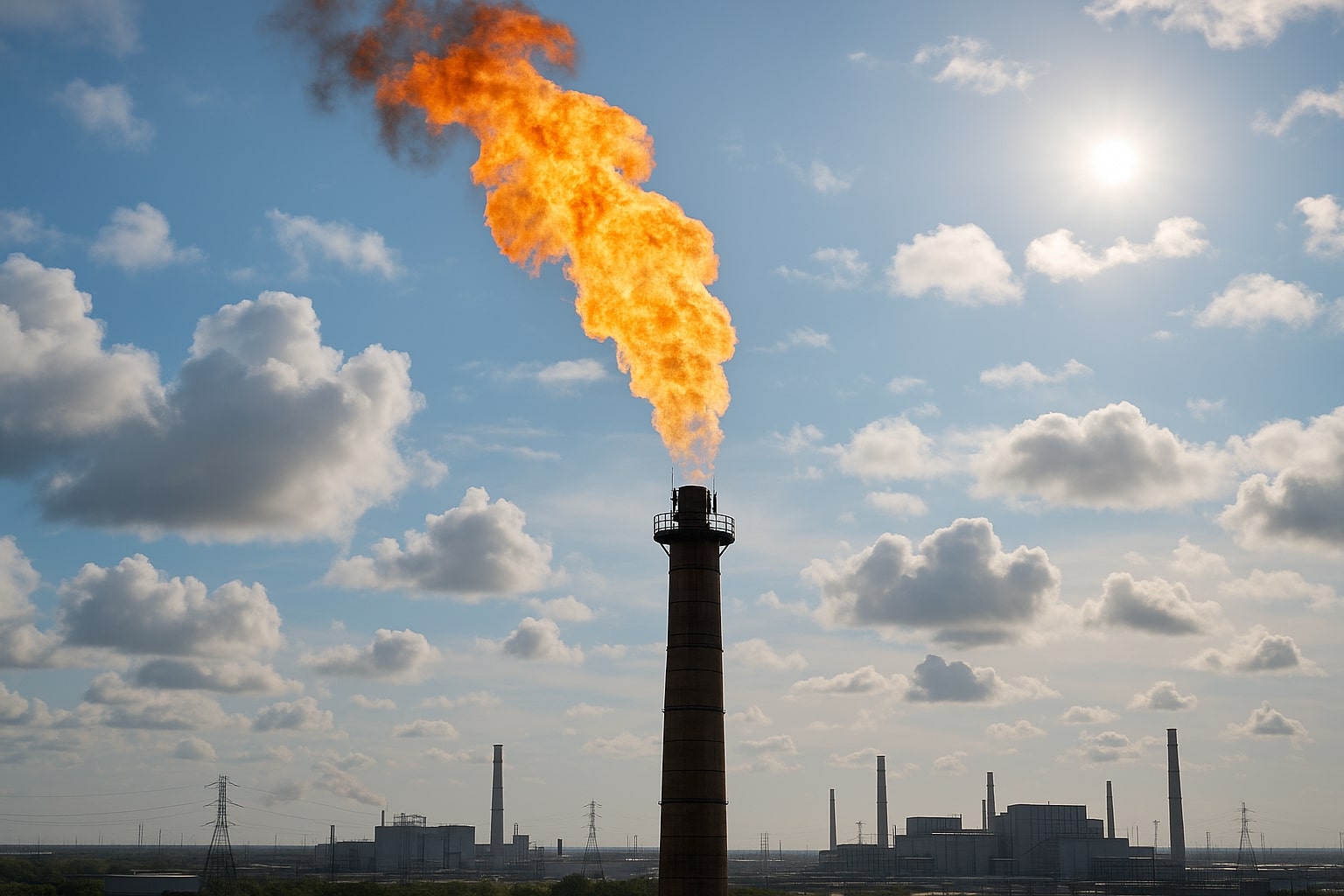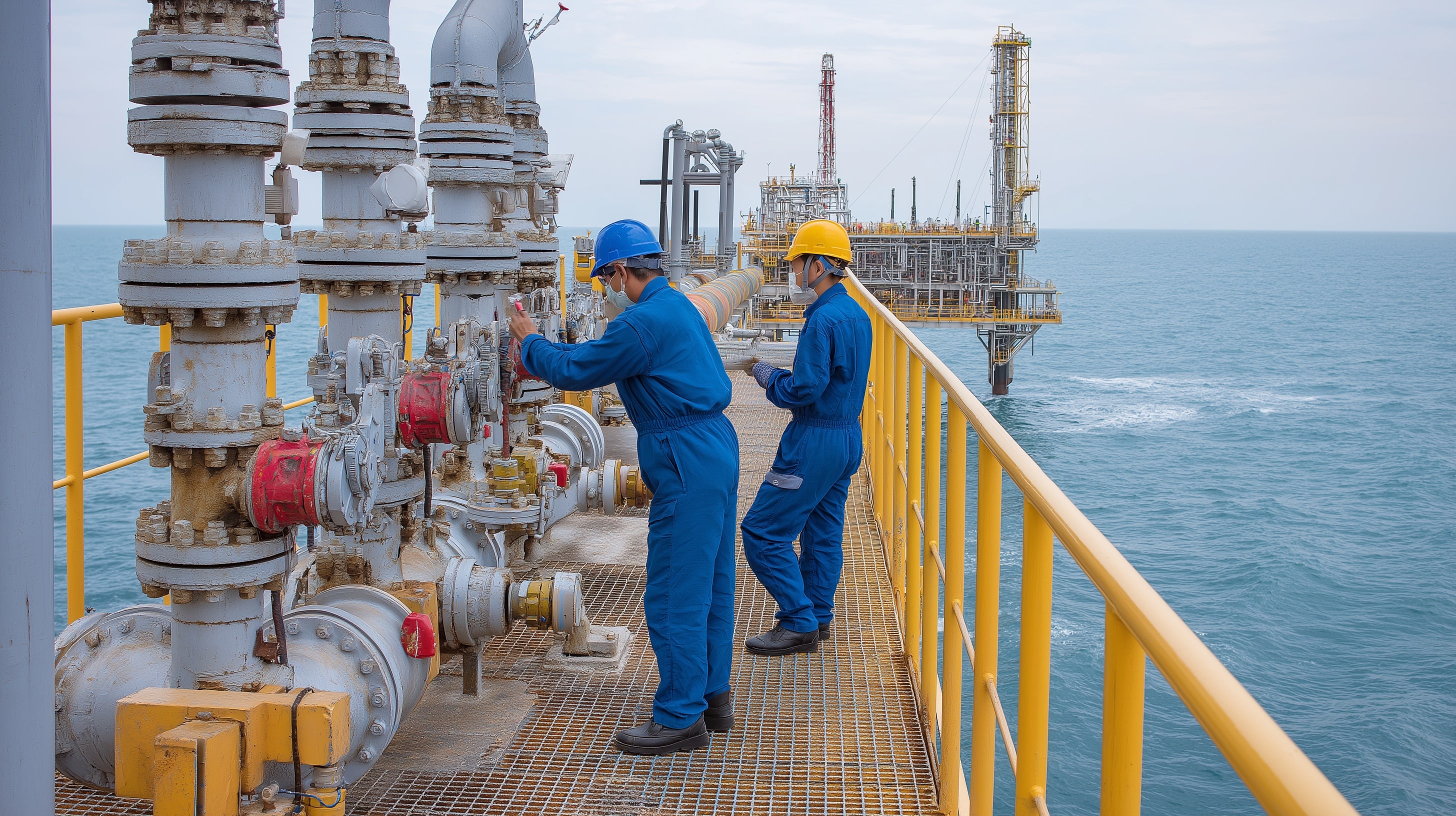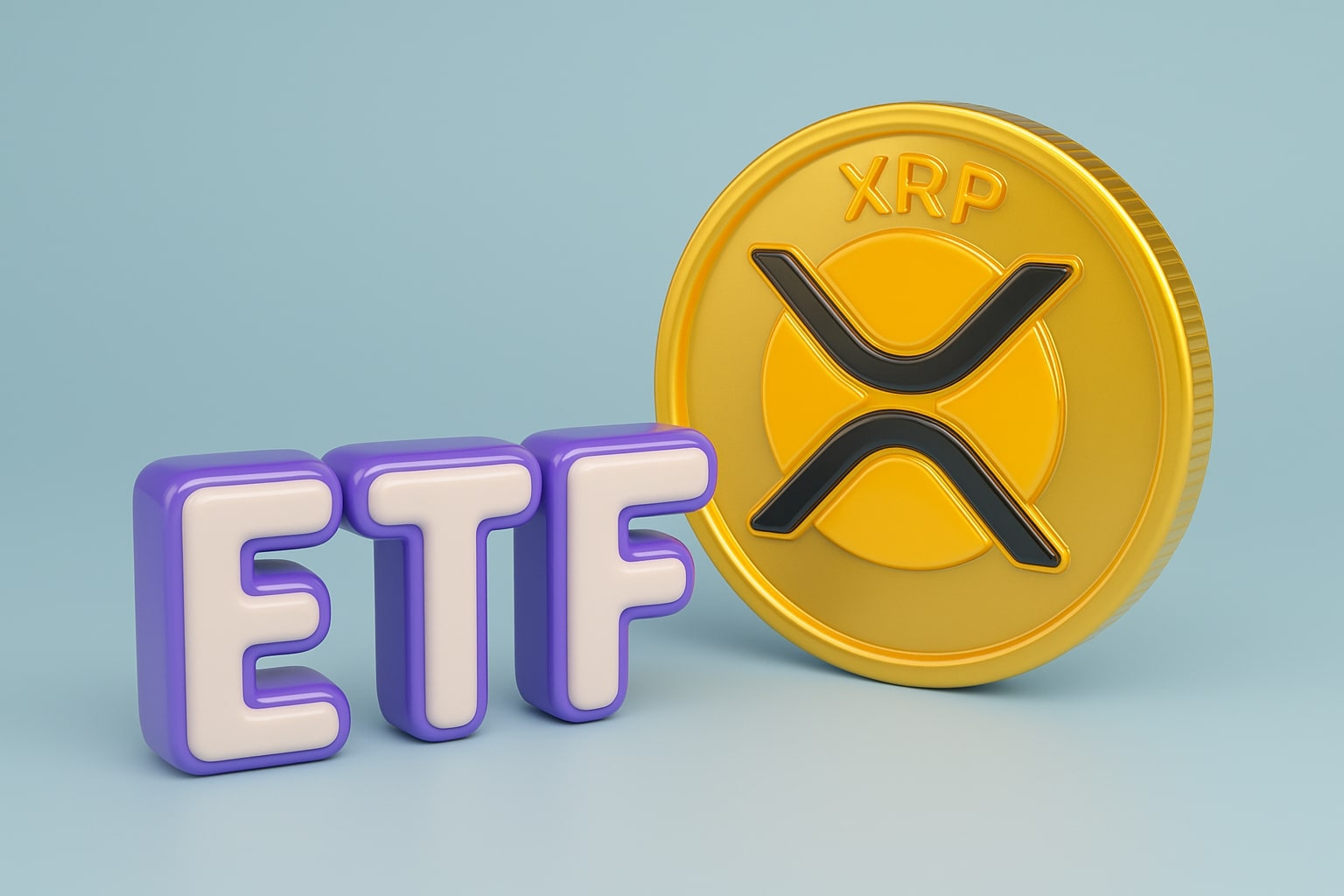
Natural Gas Price Forecast - NG=F Extends Decline to $3.15 as Record Storage and Rising LNG Flows Weigh on Prices
Natural Gas futures drop 4.3% to $3.15/MMBtu, pressured by an 80 Bcf U.S. storage build, 82.8% EU inventories, and the Golden Pass LNG launch boosting export supply | That's TradingNEWS
Natural Gas (NG=F) Price Under Pressure as Storage Peaks and LNG Supply Expands
Natural gas prices are facing heavy downward momentum, with NG=F trading near $3.15 per million British thermal units (MMBtu) after sliding over 4.3% this week, as the combination of record storage, mild weather forecasts, and robust LNG supply from the U.S. and Qatar weighs on sentiment. Futures on the New York Mercantile Exchange (NYMEX) extended their weekly decline following the U.S. Energy Information Administration’s (EIA) latest report showing an 80 billion cubic feet (Bcf) storage build for the week ended October 3, slightly exceeding analyst expectations. The build pushed total inventories roughly 4.5% to 5% above the five-year average, a key psychological ceiling that traders had hoped to avoid heading into the colder months.
Mild Weather and High Output Keep Demand Soft
The core driver of the pullback is the market’s struggle to find new catalysts beyond weather fluctuations. Forecasts for October and early November indicate above-average temperatures across much of the United States, particularly in the Midwest and South. This curtails early heating demand and leaves natural gas consumption below seasonal norms. According to BOK Financial’s Dennis Kissler, every rally attempt toward the $3.30–$3.50 range faces profit-taking as traders refuse to buy aggressively until inventories fall closer to the five-year trend. Production remains at record levels above 104 Bcf/day, further undermining any supply-side tightening that might support prices.
Europe’s TTF Gas Market Hits Record Open Interest Amid Supply Optimism
Across the Atlantic, the Dutch TTF Natural Gas Futures, Europe’s primary benchmark, saw record open interest this week, signaling a surge in speculative and commercial positioning. Despite that liquidity spike, prices dropped 1.3% to €31.94 per megawatt-hour as new supply and geopolitical calm pressured the market. Data from Gas Infrastructure Europe shows storage levels at 82.8% full as of October 8, slightly lower than 2024’s pace but comfortably high for this point in the season. Analysts from ANZ and Bloomberg Energy noted that the imminent startup of the Golden Pass LNG project in Texas, one of the largest export terminals in the world, could add significant capacity to the global LNG trade—potentially flooding Europe with additional cargoes through the winter. With Asian demand from China remaining subdued, more LNG volumes are rerouting westward, easing any short-term tightness.
ING Bank Extends Bearish Outlook Through 2028
Fresh projections from ING Bank’s 2025–2028 energy outlook reinforce the expectation of a subdued gas market over the medium term. The bank forecasts Dutch TTF prices averaging €31–€34 per MWh in 2025, gradually rising toward €40–€42 by 2028 as demand from hydrogen and industrial recovery takes hold. In the U.S., Henry Hub prices are expected to average $3.37/MMBtu in one year and $4.39/MMBtu in five years, still below the $4.64/MMBtu threshold producers say they need to meaningfully increase drilling. The Kansas City Fed’s survey of energy firms confirmed that producers remain reluctant to expand rigs without a sustained rally above those levels. For now, the average expected oil and gas prices remain insufficient to trigger large-scale reinvestment.
EIA Confirms Inventory Build as LNG Exports Cap Upside Potential
The EIA’s 80 Bcf storage build stands slightly above consensus but well below last year’s 97 Bcf injection for the same period, showing a somewhat moderated pace. However, with inventories already above 3.5 trillion cubic feet (Tcf), the market remains oversupplied. Liquefied natural gas exports have stayed robust—hovering near 13 Bcf/day—but new export terminals coming online are offset by weather-driven demand weakness. The Golden Pass project, once fully operational, could export an additional 18 million tonnes per annum (mtpa) of LNG, equivalent to roughly 2.5 Bcf/day, keeping global supply elevated and limiting price upside for Henry Hub benchmarks.
Read More
-
PFFA ETF Nears $21.50 as Rate Cuts and 9.49% Yield Spark Renewed Demand
29.11.2025 · TradingNEWS ArchiveStocks
-
XRPI and XRPR ETFs Ignite Ripple’s Institutional Rally as Inflows Near $1B and XRP Holds $2.20
29.11.2025 · TradingNEWS ArchiveCrypto
-
Natural Gas Price Forecast - NG=F Blasts to $4.85 as Demand Surge Fuel Multi-Month Breakout
29.11.2025 · TradingNEWS ArchiveCommodities
-
USD/JPY Price Forecast - Yen to Dollar Slides to 156.10 as Yen Strengthens on Fed Cut Expectations
29.11.2025 · TradingNEWS ArchiveForex
Permian and Waha Prices Reflect Regional Oversupply
Regionally, Waha Hub prices in Texas remain under severe pressure, averaging negative $1.20/MMBtu for the 21st consecutive trading day. Ongoing pipeline maintenance and constrained takeaway capacity have trapped excess supply, forcing producers to sell gas at steep discounts or flare production. This underscores a broader structural challenge: even as national output remains high, infrastructure bottlenecks continue to distort local pricing, amplifying volatility. Meanwhile, ICE’s listing of Trinity Gas Storage contracts signals growing demand for hedging capacity around new storage hubs as power generation and AI-driven data center consumption expand in the western Haynesville region.
Technical Picture: Downtrend Persists but Oversold Conditions Emerge
Technically, natural gas futures (NG=F) have maintained a soft bias since early September, carving a series of lower highs along an extended descending channel. The $3.00–$3.15 range has acted as immediate support, while resistance lies near $3.50, a level tested multiple times since mid-August. Analysts at FXEmpire view the latest decline as a potential “final pullback” before a winter-driven rebound, with a possible swing toward $4.00/MMBtu if temperatures turn sharply colder in November or December. However, absent a weather shock, traders expect continued choppiness. Long-term charts show natural gas still respecting its broader uptrend line from the 2023 lows near $1.60, suggesting that fundamental strength remains intact beneath the current bearish momentum.
Macro Backdrop: LNG Supply, Mild Winters, and Policy Uncertainty
From a macro perspective, the natural gas market is caught between strong structural demand for cleaner energy and short-term cyclical oversupply. The EU’s decarbonization policies continue to anchor natural gas as a transitional fuel, but the immediate glut caused by record U.S. LNG shipments and high European reserves undermines near-term bullish sentiment. Geopolitical tensions—once a major driver of volatility—have softened, particularly after reduced conflict risks in the Middle East and steady Russian transit through TurkStream. Meanwhile, China’s weak industrial demand and the delayed restart of several Asian import terminals have left the Pacific basin flush with LNG supply.
Market Outlook and Verdict
The near-term trajectory for NG=F remains rangebound, dictated primarily by weather and inventory trends. The Kansas City Fed data highlights that producers require $4.64/MMBtu to justify aggressive drilling expansion, yet current forward curves point to sub-$4 pricing for several years. With European storage near 83%, U.S. inventories above the five-year average, and Asia importing below capacity, the global market is structurally oversupplied through Q4 2025. Still, a colder-than-expected winter or LNG export delays could offer short-lived rebounds.
Given these conditions, the most realistic stance is Hold, with a near-term trading range between $3.00 and $3.60/MMBtu, and limited upside to $4.00 should temperatures in North America and Europe drop sharply by late November. On a risk-adjusted basis, the data suggests maintaining exposure without adding aggressively—neutral to mildly bearish through the rest of Q4, transitioning to bullish in early 2026 once seasonal demand returns.



















